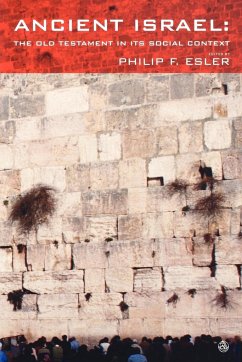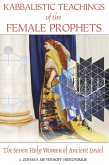Now reissued with a new introduction by the author, this book provides the first monograph length reinvestigation and reinterpretation of the history and theology of centralization of worship. Since de Wette and Wellhausen in the nineteenth century, Old Testament scholarship has thus far largely relied on the consensus that the book of Deuteronomy is the product of late monarchic Judah (7th century BC). However, after examining the Pentateuchal altar laws and the role of the central sanctuary during the premonarchical period in the biblical sources, Pitkänen concludes that Shiloh was seen as the central sanctuary for most of the premonarchical period. If so, the dominant historical critical model is inadequate, also because the examined sources indicate that there was no central sanctuary and no centralization requirement during the earliest days of the settlement in the land of Israel or after the loss of the ark to the Philistines at Aphek (1 Sam 4). Combining these insights with literary and rhetorical analysis of the book of Joshua, the author suggests that the book of Joshua, as well as its sources (such as Deuteronomy) may have originated as early as before the disaster of Aphek and the rejection of Shiloh.








